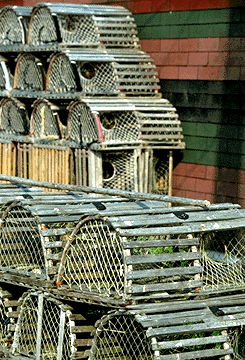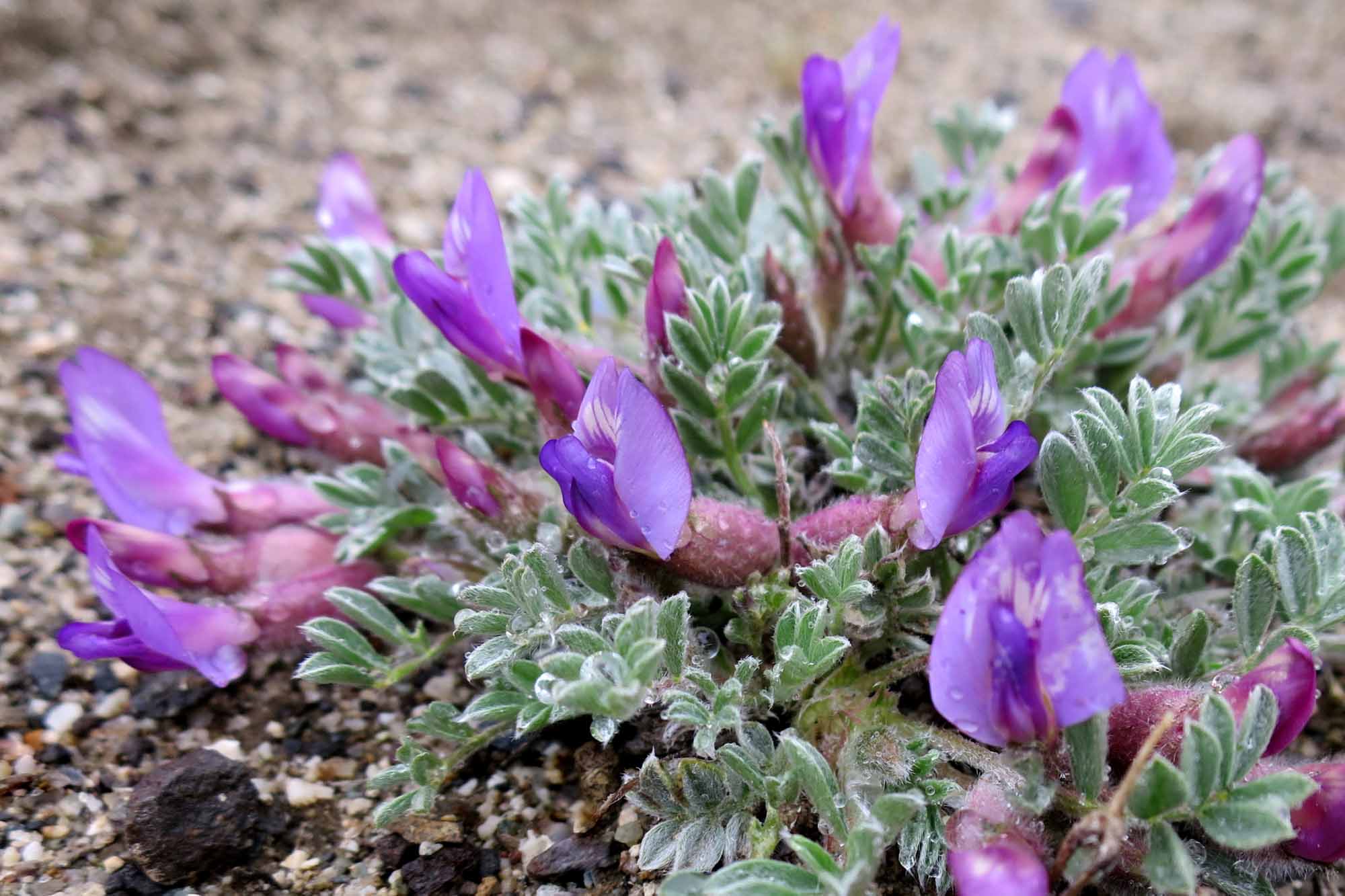Browse "Nature & Geography"
-
Article
Line 3 Pipeline Replacement Program
The Line 3 Replacement Program (also known as L3RP) is an upgrade to the Enbridge Mainline pipeline. The existing crude oil pipeline runs from Hardisty, Alberta to Superior, Wisconsin. The 1,660 km long upgrade is the largest project in the history of Calgary-based Enbridge. The Alberta to Manitoba section of the L3RP has been in service since December 2019.
"https://d2ttikhf7xbzbs.cloudfront.net/media/media/8039b308-31dd-44bc-adf3-672be2352f50.jpg" // resources/views/front/categories/view.blade.php
https://d2ttikhf7xbzbs.cloudfront.net/media/media/8039b308-31dd-44bc-adf3-672be2352f50.jpg
-
Article
Liverwort
Liverwort, small terrestrial plant belonging, with mosses and hornworts, to division Bryophyta.
"https://d2ttikhf7xbzbs.cloudfront.net/media/media/687f71e6-ded3-41e0-82fa-ffe7b94cf180.jpg" // resources/views/front/categories/view.blade.php
https://d2ttikhf7xbzbs.cloudfront.net/media/media/687f71e6-ded3-41e0-82fa-ffe7b94cf180.jpg
-
Article
Lobster
Lobster, term applied to 4 groups of decapod ("10-footed") crustaceans: the coral, slipper, spiny and clawed lobsters.
"https://d2ttikhf7xbzbs.cloudfront.net/media/media/128a9835-6345-4713-9a60-2a8abb732614.jpg" // resources/views/front/categories/view.blade.php
https://d2ttikhf7xbzbs.cloudfront.net/media/media/128a9835-6345-4713-9a60-2a8abb732614.jpg
-
Article
Lobstick
Lobstick (or lopstick) is a tall, conspicuously situated spruce or pine tree with all but its topmost branches stripped or lopped off. This was done by northern Aboriginal people, and later by voyageurs, to turn trees into talismans, landmarks or memorials.
"https://development.thecanadianencyclopedia.ca/images/tce_placeholder.jpg?v=e9dca980c9bdb3aa11e832e7ea94f5d9" // resources/views/front/categories/view.blade.php
https://development.thecanadianencyclopedia.ca/images/tce_placeholder.jpg?v=e9dca980c9bdb3aa11e832e7ea94f5d9
-
Article
Locoweed
Locoweed is the common name for plants of the genera Astragalus and Oxytropis in the pea family.
"https://d2ttikhf7xbzbs.cloudfront.net/media/media/392cbba3-2e8f-4a88-8a1a-95df502ee427.jpg" // resources/views/front/categories/view.blade.php
https://d2ttikhf7xbzbs.cloudfront.net/media/media/392cbba3-2e8f-4a88-8a1a-95df502ee427.jpg
-
Article
Loon
Loon (family Gaviidae) is a common name for a distinctive group of 5 large, swimming birds, all confined to the Northern Hemisphere and all occurring in North America.
"https://d2ttikhf7xbzbs.cloudfront.net/media/media/11b636e6-b2ad-4c58-bbfc-b7291fc0109f.jpg" // resources/views/front/categories/view.blade.php
https://d2ttikhf7xbzbs.cloudfront.net/media/media/11b636e6-b2ad-4c58-bbfc-b7291fc0109f.jpg
-
Article
Louse
Louse is the common term broadly used for certain insect pests of mammals, birds, plants (aphids), books (book lice), etc, and for crustaceans (sea lice), living commensally with aquatic mammals and fish.
"https://development.thecanadianencyclopedia.ca/images/tce_placeholder.jpg?v=e9dca980c9bdb3aa11e832e7ea94f5d9" // resources/views/front/categories/view.blade.php
https://development.thecanadianencyclopedia.ca/images/tce_placeholder.jpg?v=e9dca980c9bdb3aa11e832e7ea94f5d9
-
"https://development.thecanadianencyclopedia.ca/images/tce_placeholder.jpg?v=e9dca980c9bdb3aa11e832e7ea94f5d9" // resources/views/front/categories/view.blade.php
https://development.thecanadianencyclopedia.ca/images/tce_placeholder.jpg?v=e9dca980c9bdb3aa11e832e7ea94f5d9
-
Article
Lupine
Lupine (Latin lupus, "wolf," from the belief that it robs the soil), is the common name for several annual or perennial herbaceous plant species in the pea family.
"https://development.thecanadianencyclopedia.ca/images/tce_placeholder.jpg?v=e9dca980c9bdb3aa11e832e7ea94f5d9" // resources/views/front/categories/view.blade.php
https://development.thecanadianencyclopedia.ca/images/tce_placeholder.jpg?v=e9dca980c9bdb3aa11e832e7ea94f5d9
-
Article
Lynx
The lynx is a medium-sized, carnivorous mammal of family Felidae. Canada lynx (Lynx canadensis) is distinguished from the North American bobcat by its tufted ears, large feet, long legs and lack of a white patch below the tail tip.
"https://d2ttikhf7xbzbs.cloudfront.net/media/media/afc695e4-39e9-44d1-976b-3b6bbe48ca04.jpg" // resources/views/front/categories/view.blade.php
https://d2ttikhf7xbzbs.cloudfront.net/media/media/afc695e4-39e9-44d1-976b-3b6bbe48ca04.jpg
-
Article
Mackerel
Mackerel (Scombridae), family of pelagic (open-sea) fishes of class Actinopterygii. The family also includes tunas, albacores, skipjacks, bonitos and ceras.
"https://d2ttikhf7xbzbs.cloudfront.net/media/media/7d800bc2-4666-4c97-a3e8-43700067d9aa.jpg" // resources/views/front/categories/view.blade.php
https://d2ttikhf7xbzbs.cloudfront.net/media/media/7d800bc2-4666-4c97-a3e8-43700067d9aa.jpg
-
Article
Magpie
Magpie is a common name for birds of several genera in the crow family. Some 20 species are known worldwide; however, only the black-billed magpie (Pica hudsonia) is found in Canada.
"https://d2ttikhf7xbzbs.cloudfront.net/media/media/4392aa76-f779-4337-bcab-bbce062236fe.jpg" // resources/views/front/categories/view.blade.php
https://d2ttikhf7xbzbs.cloudfront.net/media/media/4392aa76-f779-4337-bcab-bbce062236fe.jpg
-
Article
Mammal
The word mammal is derived from the milk-producing mammary glands that are unique to the class Mammalia.
"https://d2ttikhf7xbzbs.cloudfront.net/media/media/fec19146-70d7-459c-9ec5-dc85f4666163.jpg" // resources/views/front/categories/view.blade.php
https://d2ttikhf7xbzbs.cloudfront.net/media/media/fec19146-70d7-459c-9ec5-dc85f4666163.jpg
-
Article
Mantid
Mantids are carnivorous insects of the order Mantodea, known for their prayer-like posture. Mantids are most closely related to cockroaches and termites. There are about 2,400 species worldwide, most of which are found in the tropics. Only three species are found in Canada: the European mantis (Mantis religiosa), the Chinese mantid (Tenodera aridifolia) and the ground mantid (Litaneutriaminor). Of these three species only the ground mantid, found in southern British Columbia, is native. Although mantis is sometimes used to refer to the entire group, most entomologists prefer to use that word for members of the genus Mantis.
"https://d2ttikhf7xbzbs.cloudfront.net/Mantid/ChineseMantid.jpg" // resources/views/front/categories/view.blade.php
https://d2ttikhf7xbzbs.cloudfront.net/Mantid/ChineseMantid.jpg
-
Article
Maple Trees in Canada
Maples are trees and shrubs in the genus Acer, previously classified within the maple family Aceraceae, but now placed by some taxonomists in Sapindaceae (Soapberry family), which also includes horse chestnut (Aesculus hippocastaneum). There are approximately 150 species of maple around the world, most in the temperate zone of the Northern Hemisphere, and the majority native to eastern Asia. Ten maple species are native to Canada, perhaps the best known being sugar maple (Acer saccharum) of eastern Canada and the northeastern United States. The Canadian flag displays a stylized maple leaf, and maple is Canada’s official arboreal emblem. Maples are not only important to Canada symbolically, they are also ecologically and economically significant.
"https://d2ttikhf7xbzbs.cloudfront.net/media/new_article_images/Maple/Douglas maple.jpg" // resources/views/front/categories/view.blade.php
https://d2ttikhf7xbzbs.cloudfront.net/media/new_article_images/Maple/Douglas maple.jpg
